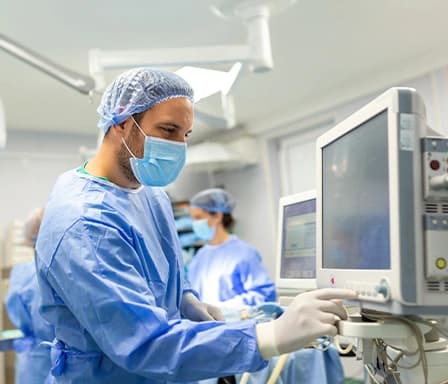Pharmacovigilance Signal Management Services
DDReg’s specialized pharmacovigilance singal management services identify, efficiently manage and communicate the signals of potential adverse events. We combine expert analysis with advanced methodologies for effective safety signal detection and proactive management in pharmacovigilance.
DISCOVER MOREPV Signal Detection and Management Services
Our PV Signal Management Services encompasses the key steps of detection, validation, and confirmation, all integral to robust safety monitoring.
At DDReg, our expert team of medics conducts meticulous analyses to achieve early detection of safety signals. We work closely with our clients to develop tailored signal detection plans and monitoring processes, utilizing both proprietary and publicly available safety data. This ensures that our safety monitoring and management practices remain compliant and effective at every stage.


Fundamentals of Signal Management in Pharmacovigilance
Signal management is a critical component of pharmacovigilance, aimed at continuously assessing the safety profile of pharmaceutical products. Our process involves systematic collection, analysis, and interpretation of adverse event data from sources such as ICSR databases, scientific literature, and aggregate reports. This rigorous analysis supports timely recommendations for necessary actions by regulators or healthcare professionals.
Continuous surveillance through proactive literature monitoring and adverse event review is essential for early intervention. By facilitating effective communication among pharmaceutical organizations, regulatory agencies, and healthcare professionals, we ensure that emerging risks are promptly addressed. This collaborative effort underpins the overall commitment to improving patient safety and maintaining high drug safety standards.
Our Pharmacovigilance Signal Management Expertise
Ready to enhance your drug safety and ensure regulatory compliance?